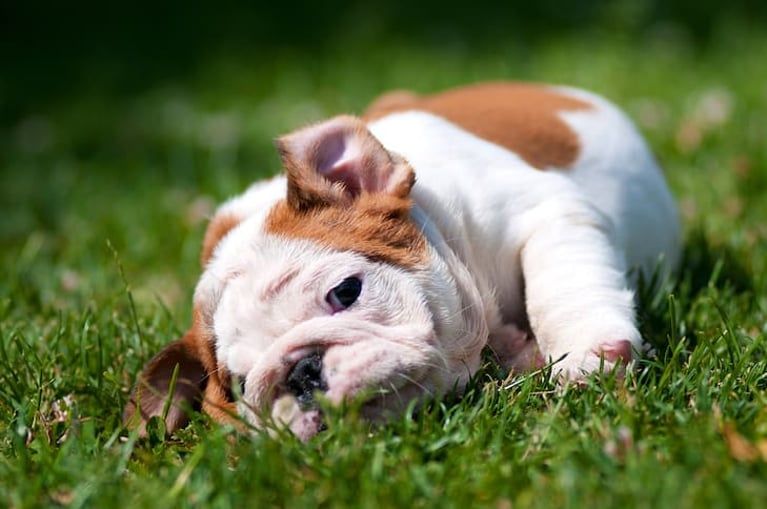18-Year-Old Noah Milam Wins Best Junior at 2022 AKC National Championship
On December 17, 2022, the Junior Showmanship Finals took place at the AKC National Championship Presented by Royal Canin in Orlando, Florida. In the ring, Junior Handlers displayed their hard work and their close bonds with their dogs.
Coming in the first place was 18-year-old Noah Milam, who competed with 4-year-old Harrier CH Bydesign’s Puerto Vallarta Dream, known as “Ariel.” “I’m over-the-moon excited,” Ocala, Florida-based Milam says. He adds, “I’ve been working with Ariel for two years, and I’ve been showing dogs for a total of nine.”
Milam’s bond with Ariel is deep-rooted. “We first connected when her breeder asked me to show her in classes as a puppy and ever since then we’ve just kind of stuck,” he recalls. And their connection isn’t limited to the ring. “We’re a great team,” he says. “She sleeps in the bed with me all the time, and she’s not just a show dog but my pet.” Milam adores competing with Ariel. “My favorite part of doing this sport with Ariel is just being out here in the ring and running around, hearing the clapping, and seeing her look so happy.”
A seasoned competitor, Milam has persevered in dog sports. When asked for advice for kids and teens interested in getting involved in Junior Showmanship, he says, “Always keep trying and never give up, no matter how hard it is. I went on a losing streak for two years and I managed to stick with it and I got through it and now I’m here.” And he’s already looking to take his talent internationally. “I’d love to fly overseas to compete in Crufts,” he shares.
Junior Showmanship Results
Best Junior
Noah Milam, Harrier
Second
Taylor Johnson, Old English Sheepdog
Third
Parker Lourier, Pointer
Fourth
Octavia Stensen, Norwegian Buhund
Want to Get Involved?
AKC Junior Showmanship program offers children between 9 and 18 the chance to develop handling skills while learning about good sportsmanship, dogs, and dog shows.
Juniors are eligible to compete in Showmanship, Obedience, Agility, Rally, Tracking, Hunt Tests, Herding, Field Trials, Earthdog, Lure Coursing, Coursing Ability, and Coonhound Events. There is no minimum age requirement for sports other than Showmanship (where you must be 9).
If your child is interested in becoming an AKC Junior Handler, the first step is to watch a show and sign up for a class. Juniors under 18 years old can sign up for a Junior Handler number. This number will be used to track their participation in AKC sports.
Except in Junior Showmanship, Juniors will exhibit in the regular classes and in the field along with all other exhibitors at the trials and tests, where they can obtain the same titles for their dogs and awards as adult handlers if they qualify.
Junior participation in AKC sports will be recognized through the AKC Junior Recognition Program and at the end of the year, AKC will award the Junior Versatility Awards and Scholarships. You can go to this link to learn more about the AKC Junior Recognition Program.
For more information, email your questions to Juniors@akc.org.
Watch all of the competition of the 2022 AKC National Championship Presented by Royal Canin on AKC.tv. Stream all of the action for free on any browser or device, or the AKCtv app! The 2022 AKC National Championship presented by Royal Canin will air on television January 1 at 2 p.m. ET on ABC.


